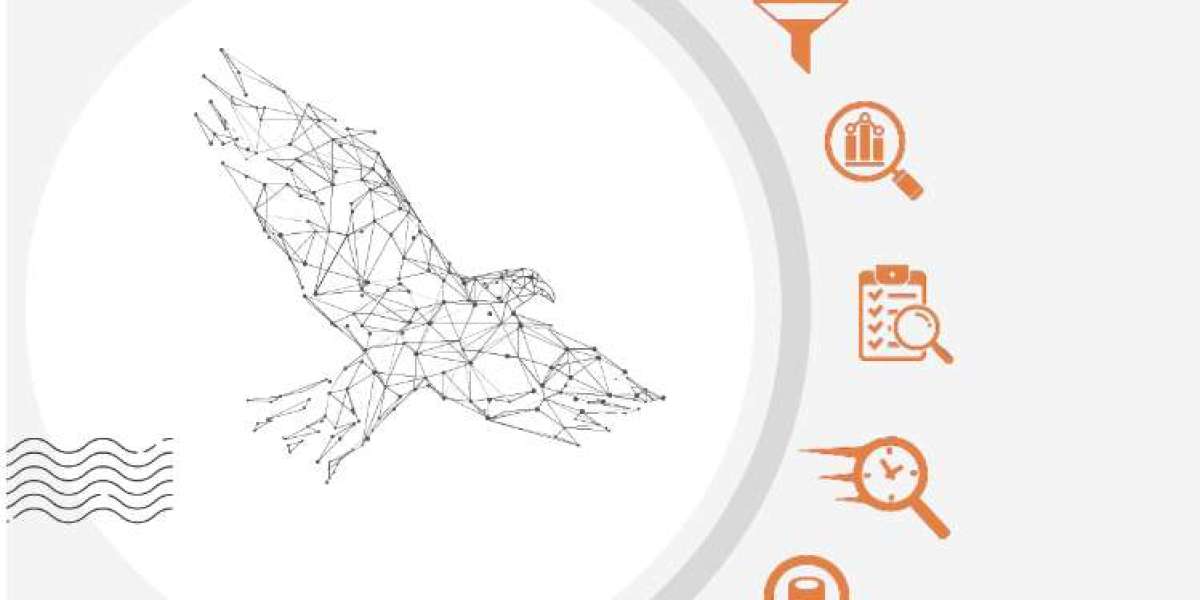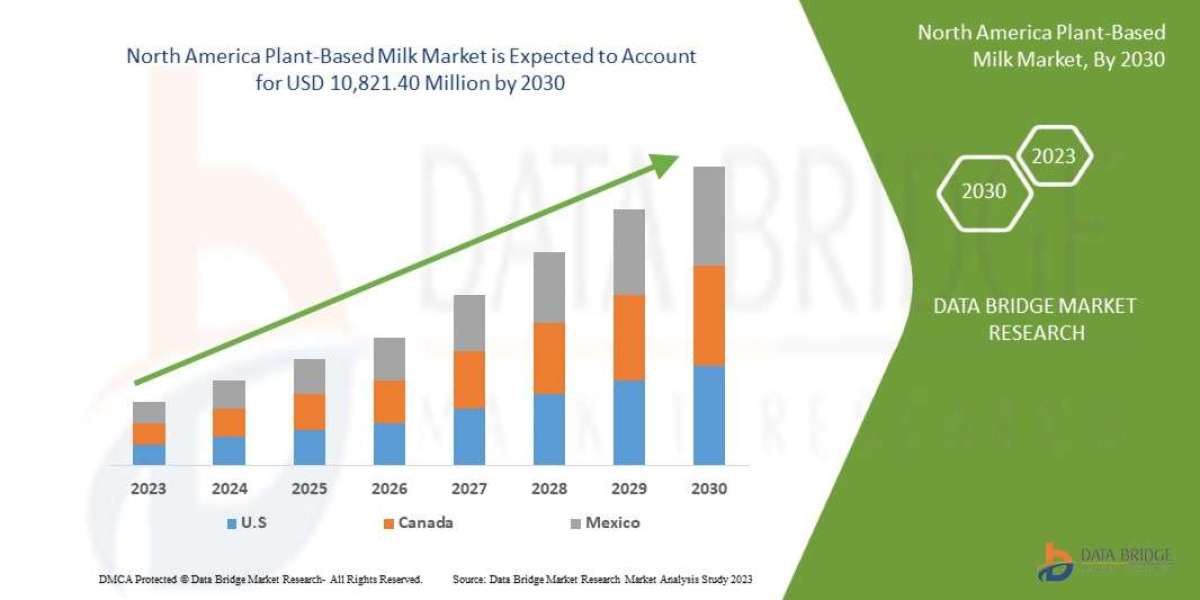In today’s fast-paced digital landscape, software dependencies play a crucial role in maintaining the smooth operation of component-based applications. However, the complexity of deploying, upgrading, and migrating software systems can pose significant challenges for agile developers.
Modern enterprises require advanced technology stacks to handle the increasing complexity of applications. As organizations adapt to new technologies, they often find themselves with intricate layers of interconnected software, hardware, and systems that are heavily dependent on each other. These interconnected components—services, connections, and infrastructure—are essential for mission-critical applications. Furthermore, each program has its own set of transitive dependencies, which only adds to the challenge.
Why Application Dependency Mapping is Essential for Cloud Migration?
Application dependency mapping is the process of identifying and understanding the relationships and interactions between various application components, their dependents, and the underlying infrastructure. This step is vital for understanding how complex application architectures function and how they behave when deployed in different environments, such as the cloud.
When migrating to the cloud, it is critical to ensure that all necessary components are identified and migrated together. While not every component may need to be moved to the cloud, all dependent components must be migrated simultaneously. Failing to do so can lead to critical dependencies being left on-premises, resulting in performance issues or even failure of the application.
For example, if you migrate an application server to the cloud but leave its database on-premises, you may experience significant slowdowns or even application failure due to the latency between the server and the database. When any key dependency fails, all the dependent applications are affected. Therefore, a comprehensive migration plan must ensure that everything an application requires is included in the cloud transition.
Moreover, dependency mapping is crucial for modernizing data platforms. It ensures that components are migrated in the proper sequence, with business priorities in mind. To comply with data regulations and ensure smooth transitions, understanding the flow of data—from upstream to downstream—is also vital for cloud migrations.
Key Considerations for Identifying Application Dependencies
Mapping application dependencies saves both time and money while improving project execution. It also ensures businesses experience less downtime and fewer application malfunctions. However, automated discovery and mapping processes can sometimes miss parts of the ecosystem. Some older systems may be designed for specific environments or management platforms, which can make it difficult to fully visualize the IT ecosystem. It’s essential to choose the right method for your tech stack to realize the full benefits of dependency mapping.
Datametica’s Multi-Step Process for Identifying Application Dependencies
Datametica offers a multi-step process for efficiently identifying and mapping application dependencies. One effective method is using tags or moving groups of related data, code objects, tables, and more. This approach creates a clear picture of the application supply chain and is particularly useful in virtualized, hyper-converged, and multi-cloud environments where tagging is commonly used.
Accurate tagging relies on a deep understanding of data lineage, which is where Eagle, Datametica's migration planning tool, comes in. Eagle automates the identification of application dependencies by tracing the lineage of tasks, code, tables, files, and views. This ensures that dependencies are correctly mapped and auto-generated based on the lineage details.
Eagle is designed to be flexible and scalable, making it suitable for both large enterprises and small businesses. It saves time and money by automating the complex and time-consuming task of dependency mapping. Moreover, as your infrastructure evolves, Eagle ensures your dependency map remains up to date, providing continued accuracy throughout the migration process.
Conclusion
Mapping application dependencies is a critical yet time-consuming and costly aspect of cloud migration. However, businesses can choose from various tools and methods to simplify this process. Datametica, as an established cloud migration partner, offers automated solutions like Eagle that handle much of the heavy lifting, allowing organizations to focus on other aspects of their cloud journey. With Eagle’s automation and accuracy, businesses can achieve seamless cloud migration while benefiting from greater observability and efficiency.
Reach out to Datametica today to learn more about how our solutions can help streamline your cloud migration strategy.


